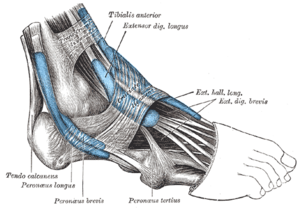[amazon_link asins=’B00T20XCDQ,B004S6634Y,B01N4GY9H6,B0725Y7C2T’ template=’ProductCarousel’ store=’finmeacur-20′ marketplace=’US’ link_id=’d61132e1-28d0-11e8-a7b9-f1a4e363d85c’]
If you are like millions of Americans who are constantly roused from a peaceful slumber with painful muscle cramps, backaches and stiff joints, then you know the agony these conditions can bring.
……………..click & see
Instead of turning to those toxic pills, creams and solutions that can do more harm than good, reach for a combination of these essential ingredients and feel the difference these all-natural remedies can have on your strained muscles and over-worked joints:
Aloe Barbadensis Leaf Juice—This flowering plant contains key substances like aloenin, magnesium lactate, barbaloin and succinic acid, which all may help reduce inflammation.
Camphor—This ancient herbal remedy has been used for centuries to treat minor sprains and muscle inflammation by acting like an anesthetic and antimicrobial substance.
Methylsulfonylmethane (MSM)—This essential ingredient can help increase blood supply, relieve muscle spasms, soften scar tissue and reduce inflammation.
Eucalyptus Oil—This fragrant extract has been used for centuries to ease minor pain in muscles and joints. This remarkable nutrient also has strong antiseptic and disinfectant properties.
Vitamin E—This essential vitamin has been shown to help relieve minor muscle and joint pain associated with cramps.
Methyl Salicylate—This fragrant extract from the leaves of the wintergreen tree relaxes your muscles and eases your minor joint pain. This cooling analgesic was first used by native people as a poultice for overtaxed muscles, minor joint pain, minor strains and sprains.
Menthol—This pungent ingredient is found in peppermint oil and has been used for centuries to relieve minor muscle aches, sprains and similar muscle problems.
By adding these safe and effective solutions to your treatment regimen you can finally say goodbye to your muscle strains, backaches, joint pain and inflammation once and for all. Plus, after enjoying everyday activities again you can rejoice knowing you’ll get a good night’s rest, too!
Source: http://www.betterhealthresearch.com/health-articles/soothe-your-aching-muscles-with-these-all-natural-remedies/
![Reblog this post [with Zemanta]](https://i0.wp.com/img.zemanta.com/reblog_e.png?w=580)



























